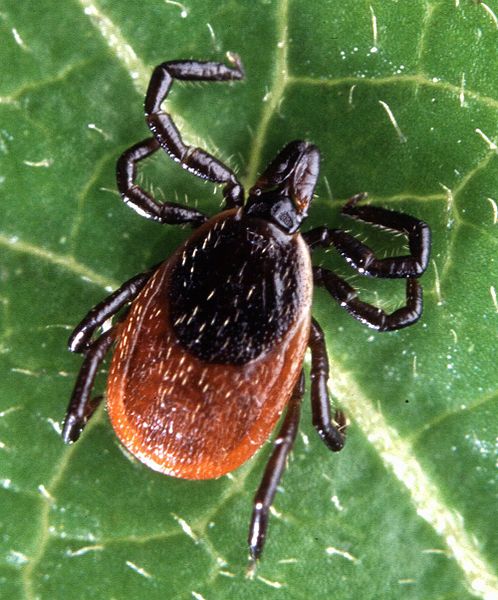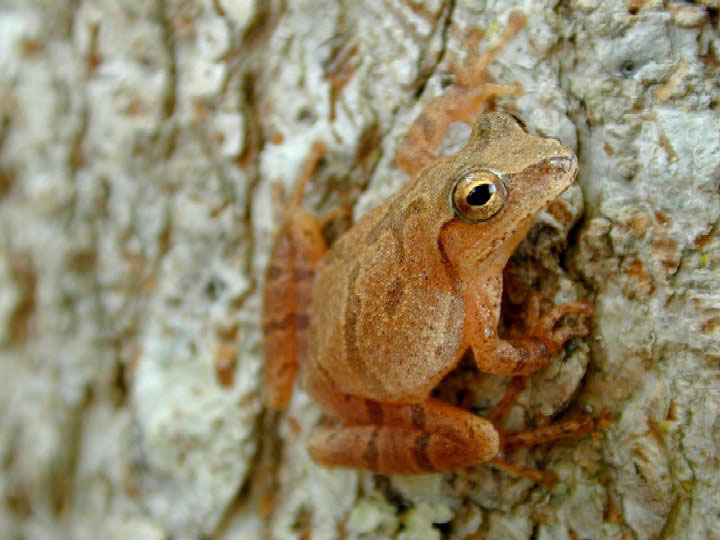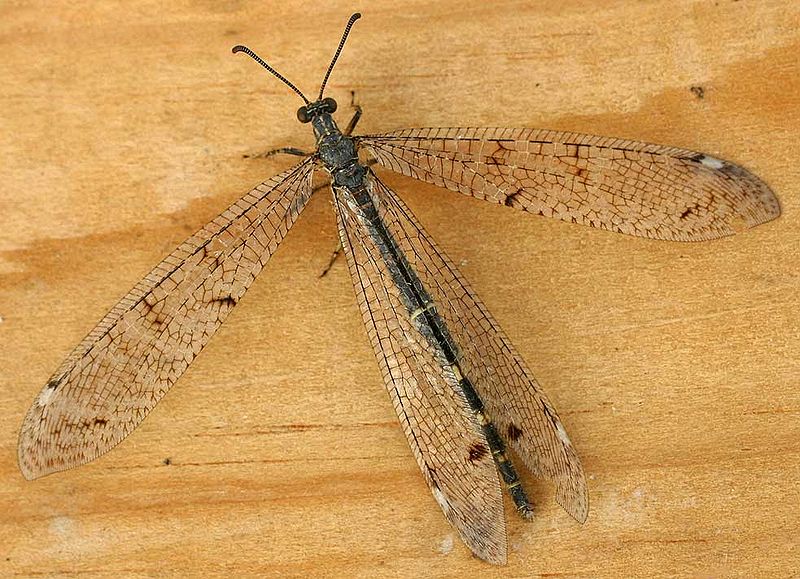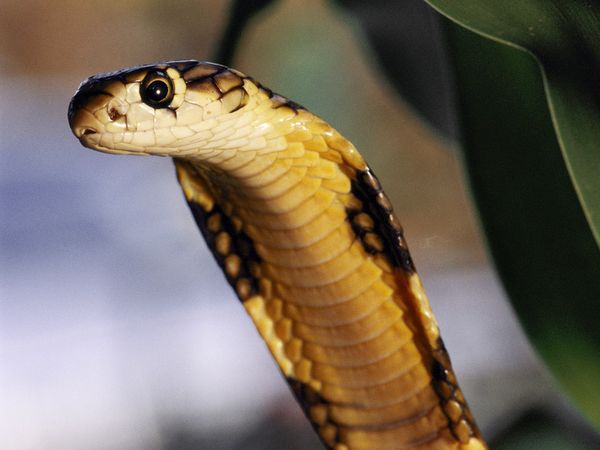
I am not going to lie – today’s Wild Fact may make you itchy and cause you to think that you have bugs all over your body. Don’t worry, this is a normal side effect that most people experience when talking about little creepy-crawlies such as Ticks. That’s right, we are going to explore the life of this little arachnid. What? You didn’t know that the Tick was in the same class as spiders? How about that, you have already learned something new today and we are just getting started. Let’s see what else we can find out about this tiny parasite.
Well, as I just mentioned the Tick is an external parasite that lives off of the blood of mammals, birds and even reptiles and amphibians. As a result, they are vectors for a number of diseases with the biggest and most popular being Lyme Disease. Just be aware that this is just one of many disease these little parasites are responsible for spreading. My advice is to learn how to identify Ticks and try to stay away from them. Well, I guess now would be a good time to explain how to identify them and where you will find them.

Giving you an exact physical description will be tough since there are a variety of Tick species that exist out there. As well, some of these Tick species including the Deer Tick (which transmits Lyme Disease) are almost undetectable. Generally, they will have eight legs and will be red or black in colour. I can tell you one thing about the Ticks physical description. They are definitely not blue with super powers like the cartoon “The Tick” would have you believe.
Okay, so getting a good description of the Tick wasn’t very helpful in preventing Tick bites. Maybe learning where they can be found will be more useful. These blood-thirsty arachnids can typically be found in the tall grass as they are hoping for something to walk by so they can jump on them. Ticks can also be found in pretty much any forested area throughout the world. They especially like to hang out on well traveled paths that animals have created over time. Again, this is so they can ambush their prey. Well, it is starting to look like knowing their habitat isn’t going to help us prevent being bitten by a Tick either. I guess the best I can do at this point is provide you with a link to a great resource that explains their bites and treatment. Here is the Tick Prevention website:
http://www.emedicinehealth.com/ticks/article_em.htm
Well, I guess that does it for the last Fact of the week. If you will excuse me now I have to go and check myself for ticks. Have a great weekend!







Pesky little things. The link was a good one and also a good idea.
hahaha – they are definitely pesky little creatures! Hopefully some people can use the information to help prevent tick bites.
nasty looking tick